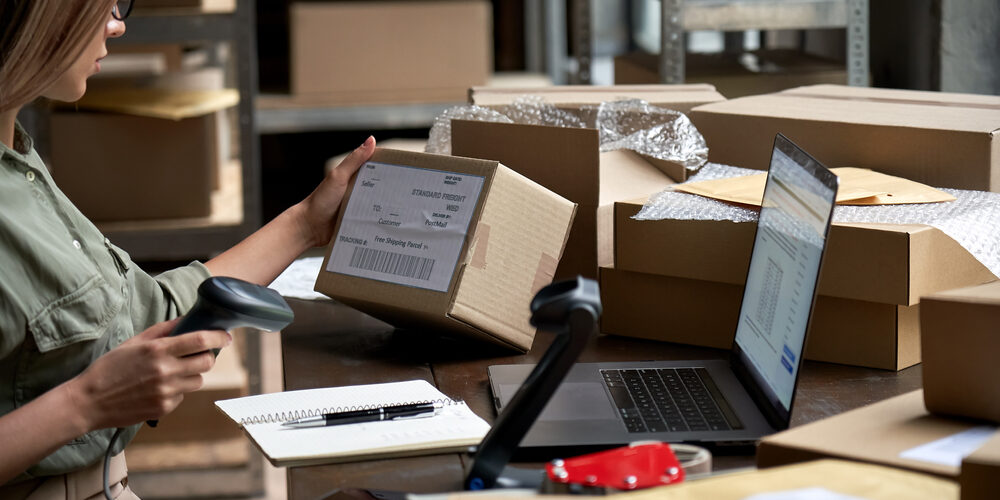
Boost Sales with Efficient Retail Execution Monitoring
In the modern retail environment, staying ahead of the curve means employing effective strategies for monitoring retail execution. From understanding exactly what retail execution means to recognizing its significant influence on today’s economy, let’s dive into the specifics of retail monitoring.
Understanding Retail Execution Monitoring
Retail monitoring, or store execution monitoring, is the process of tracking in-store activities to ensure brand standards, optimize operations, store execution, and improve the customer experience. With the rise of e-commerce, brick-and-mortar retailers must find ways to draw customers into stores and make shopping an efficient user experience. Monitoring execution helps retailers and cpg brands understand what is happening at the retail shelf and how to improve performance.
Retail execution management and monitoring typically involves tracking shelf availability, planogram compliance, product positioning, signage, display execution, customer experience, and more. By leveraging data and analytics, retailers and cpg brands can identify areas for improvement at the store level.
With advanced retail monitoring, brands can enable greater visibility into retail execution activities, promote collaboration, and drive insights to optimize in-store user experiences.
Importance of Retail Execution Monitoring in Today’s Economy
Retail execution has become increasingly critical in today’s omnichannel retail environment spurred by the industry’s digital transformation. With consumers utilizing multiple touchpoints during their shopping journeys, from brick-and-mortar stores to e-commerce and social media, brands must deliver a consistent user experience across channels. Although e-commerce continues to grow, physical stores remain an important component of the customer experience. Effective retail monitoring enables retailers to identify and swiftly correct any issues associated with product availability, planograms, promotion execution, and more across locations.
Monitoring retail execution provides retailers with greater visibility into store operations and field activities. This allows retail teams to ensure brand standards are being met uniformly across locations. It also allows them to gather pos data and shopper data that reveal insights on ways to optimize retail strategies. For example, retail execution software can inform necessary changes to product assortments and inventory levels based on local demand. It also facilitates field team management by allowing for easy collaboration between headquarters, field representatives, and store management to drive improvements.
With proper store execution monitoring, retailers can enhance in-store experiences to better attract and retain customers in an increasingly competitive environment. Consistently delivering on brand promises across touch points is imperative for success today. Monitoring enables swift identification and correction of execution issues, provides data to optimize strategies, and facilitates collaboration—all crucial advantages for retailers in current times. Leveraging these benefits allows brands to maximize customer satisfaction, sales, and loyalty across channels.
Implementing Efficient Retail Monitoring
Using Advanced Technologies for Improved Monitoring
Retailers today are adopting new technologies to enable more automated and efficient approaches to monitoring retail execution and performance. Rather than relying solely on manual, in-person checks, retailers are leveraging advanced store execution monitoring solutions to gather data and insights. One area of focus is automating in-store shelf monitoring.
With IoT sensors on shelves, retailers can monitor stock levels, pricing, promotions, and product positioning without staff physically checking each store. Image recognition through in-store cameras or field reps’ mobile devices also allows retailers to continually audit planograms and product placement virtually.
Another key technology is machine learning applied to point-of-sale data, inventory numbers, and sales trends. By analyzing this data, machine learning algorithms can identify potential execution gaps or opportunities in real-time versus waiting for quarterly or annual performance reviews. Mobile apps are also empowering field reps to collect on-the-ground data during store visits to feed into centralized cloud platforms. With a unified view of all retail execution data points, retailers gain more insight into performance drivers, field activities, supply chain issues, kpi results and more. The faster retailers can spot both issues and opportunities, the faster they can act toward building a more perfect store.
By removing manual processes and leveraging automation, sensors, machine vision, and data analysis, retailers are optimizing the monitoring of in-store execution. Advanced technologies provide retailers with comprehensive, real-time intelligence to understand performance variability and enhance execution across locations. With improved monitoring capabilities, retailers can better deliver consistent customer experiences and maximum sales across the retail network.
Practical Steps to Incorporate Efficient Retail Monitoring in Your Business
Effective retail monitoring requires careful planning and implementation. First, clearly define the KPI results you want to track, such as sales, product availability, and planogram compliance. Select technologies like mobile apps, image recognition, and sensors to automate data collection. Also, build standardized checklists for field reps to follow when auditing stores. With the right KPIs and processes in place, you can leverage cloud platforms to compile store data and shopper data in one centralized location.
The next step is extracting insights. Create analytics dashboards that reveal trends from the retail data gathered. Use these insights to quickly resolve any execution issues found during monitoring. You can also tie retail insights to incentives to motivate field team performance. Fostering collaboration between headquarters, field reps, and store managers helps optimize execution.
Continual optimization is key for effective retail execution. As your business needs evolve, reevaluate your KPIs, technologies, processes, and collaboration methods. The goal is to build an agile monitoring approach that provides the visibility needed to meet brand standards. With the right foundations and adaptation, retail monitoring can drive better in-store performance.
How Efficient Retail Execution Monitoring Increases Sales
With a solid store execution monitoring solution in place, companies gain visibility into what is happening in their retail stores. This level of visibility enables brands and retailers to course correct issues that negatively impact the customer experience and sales.
For example, if a product is constantly out-of-stock, customers may get frustrated and choose a competitor’s product. By monitoring shelf availability and setting proper in-stock targets, brands can work with retailers to improve inventory levels and avoid lost sales.
The Link Between Retail Execution and Increased Sales
Proper retail execution leads to increased sales in several key ways. First, it helps maintain planogram compliance so products are easy to find and checkout displays are properly executed, encouraging impulse purchases and cross-selling. Second, monitoring shelf availability and fixing out-of-stocks ensures customers can purchase the products they want, directly preventing lost sales. Third, pricing accuracy protects margins while building trust with price-sensitive customers.
Additionally, effectively monitoring promotional displays can quickly identify any potential problems, allowing brands to confirm displays are built properly before promotion timelines. Maximizing promotional exposure lifts sales. Monitoring product placement, especially at eye level, also drives visibility and sales. Moreover, compliance monitoring with standards for store cleanliness, navigation, and signage improves overall customer loyalty and satisfaction, leading to repeat purchases. In summary, diligent retail monitoring provides shoppers with a better experience, builds trust, helps them find and purchase desired products, and increases sales.








